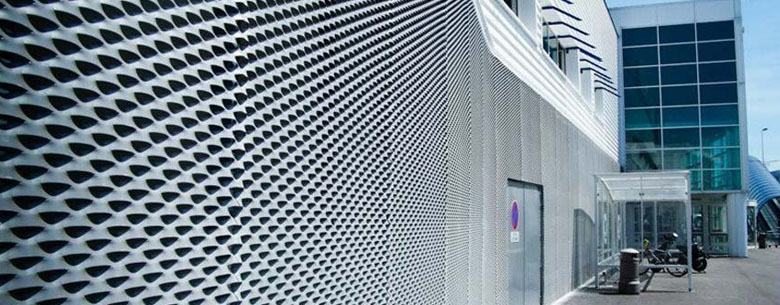The Design of Noise Barriers An Essential Consideration for Urban Areas
As urban areas continue to expand and develop, the issues related to noise pollution have become increasingly pronounced. One of the most effective solutions to combat this issue is the implementation of noise barriers. These structures, designed to reduce the transmission of noise from highways, railways, or other loud environments into residential and quiet zones, play a crucial role in enhancing the quality of life for urban dwellers. This article explores the design considerations for noise barriers, including materials, height, location, and aesthetic integration.
Materials and Construction
The choice of materials for noise barriers is paramount in determining their effectiveness. Typically, barriers are constructed from a range of materials including concrete, wood, metal, and various composites. Concrete is favored for its durability and mass, which helps in sound attenuation. Wooden barriers, while aesthetically pleasing and environmentally friendly, may not provide the same level of sound insulation, unless they are constructed with an appropriate design. Metal barriers, often used in industrial areas, can be effective but may require additional sound-absorbing elements to mitigate noise effectively.
The construction method also impacts the barrier’s performance. For example, a continuous, solid barrier will perform better than one with gaps. Additionally, the thickness of the barrier is essential; a thicker barrier usually provides better sound insulation. Designers often utilize a combination of materials in layered configurations to optimize sound attenuation and resilience.
Height and Location Considerations
The height of a noise barrier is crucial for its effectiveness. Generally, to block noise effectively, a barrier must be taller than the source of the sound, as sound waves travel in straight lines. The ideal height often depends on several factors, including the topography of the surrounding area, the type of noise source, and the proximity to noise-sensitive locations such as homes, schools, and parks.
noise barriers design

Besides height, the location of the barrier plays a significant role in its efficacy. Barriers should be positioned as close to the noise source as possible, while also being mindful of the potential impact on local ecosystems and visual aesthetics. In certain situations, existing natural features, such as hills or dense vegetation, can be integrated into the design for additional sound reduction and to limit the need for extensive construction.
Aesthetic Integration
Incorporating noise barriers into urban landscapes poses a unique design challenge. While their primary purpose is to mitigate noise, they can often be perceived as eyesores, detracting from the beauty of the environment. Therefore, aesthetic considerations should be integral to the design process. One approach is to use decorative materials or textures that blend harmoniously with the surroundings. Additionally, barriers can be enhanced with landscaping—such as the planting of shrubs and trees—which can provide additional sound absorption while improving the visual appeal.
Artists and designers have also begun to experiment with creative designs that transform functional barriers into public art installations. This innovative approach can foster community engagement, as residents may feel more positively about structures that contribute aesthetically to their environment.
Future Considerations
As technology advances, the design of noise barriers is expected to evolve. The incorporation of sound-dampening technologies and smart materials could enhance the performance of these barriers. Research into new materials that are both sound-absorbent and environmentally friendly is ongoing, with an eye toward sustainable solutions that can be implemented without detracting from the urban landscape.
In conclusion, the design of noise barriers is a multifaceted challenge that balances effectiveness, aesthetics, and environmental impact. As urbanization continues to increase, the thoughtful design and placement of noise barriers will be crucial in mitigating noise pollution, ensuring that urban areas remain livable and enjoyable for all residents. Through a combination of effective materials, strategic location, and creative aesthetic integration, noise barriers can serve their purpose while contributing positively to the urban environment.
-
Turn Down the Noise: The Future of Highway Sound Barriers
NewsApr.09,2025
-
Silence the Sound: The Power of Highway Noise Barriers
NewsApr.09,2025
-
Reduce Road Noise Effectively with Highway Noise Barriers
NewsApr.09,2025
-
Noise-Free Living: How Highway Barriers Make a Difference
NewsApr.09,2025
-
Engineered for Silence: Highway Noise Barriers for Every Road
NewsApr.09,2025
-
Effective Noise Control: Highway Barriers for a Quieter Tomorrow
NewsApr.09,2025
Subscribe now!
Stay up to date with the latest on Fry Steeland industry news.

